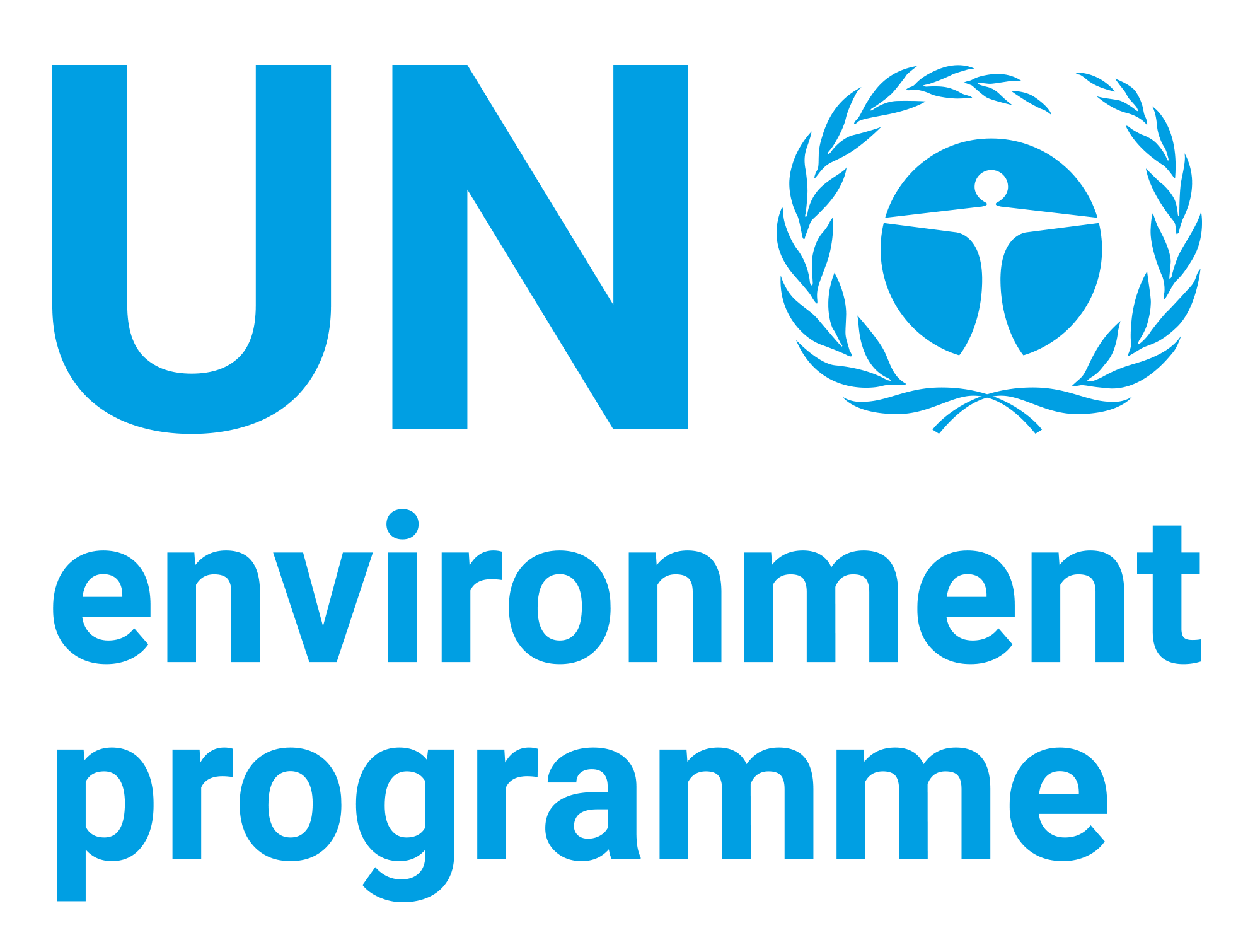Resource Efficiency and Climate Change: Material Efficiency Strategies for a Low-Carbon Future

Date
2020Author
United Nations Environment Programme
International Resource Panel
Citation Tool
Bibliographic Managers
RT Generic T1 Resource Efficiency and Climate Change: Material Efficiency Strategies for a Low-Carbon Future A1 United Nations Environment Programme, International Resource Panel YR 2020 LK https://wedocs.unep.org/20.500.11822/34351 PB AB TY - GEN T1 - Resource Efficiency and Climate Change: Material Efficiency Strategies for a Low-Carbon Future AU - United Nations Environment Programme, International Resource Panel Y1 - 2020 UR - https://wedocs.unep.org/20.500.11822/34351 PB - AB - @misc{20.500.11822_34351 author = {United Nations Environment Programme, International Resource Panel}, title = {Resource Efficiency and Climate Change: Material Efficiency Strategies for a Low-Carbon Future}, year = {2020}, abstract = {}, url = {https://wedocs.unep.org/20.500.11822/34351} } @misc{20.500.11822_34351 author = {United Nations Environment Programme, International Resource Panel}, title = {Resource Efficiency and Climate Change: Material Efficiency Strategies for a Low-Carbon Future}, year = {2020}, abstract = {}, url = {https://wedocs.unep.org/20.500.11822/34351} } TY - GEN T1 - Resource Efficiency and Climate Change: Material Efficiency Strategies for a Low-Carbon Future AU - United Nations Environment ProgrammeUnited Nations Environment Programme, International Resource Panel UR - https://wedocs.unep.org/20.500.11822/34351 PB - AB -View/Open
Item Statistics
Display item statisticsMetadata
Show full item recordDescription
This report addresses the opportunities for material efficiency in homes and cars of the G7, with results also shown for China and India. We chose to focus the assessment on specific, widely used products because only a product-level assessment is able to (a) track materials to estimate recycling potential and (b) model the functioning of the products and thus the potential trade-off between material efficiency and energy efficiency. The focus of the study is on the two product systems and the services they provide. It captures changes in patterns of use and provisioning systems, such as a potential move towards shared, car-based mobility systems instead of individually owned vehicles but does not address larger, societal changes (such as the replacement of cars by public transport or autonomous vehicles). The two product systems are studies in isolation, although the findings point to important interactions.
Collections
Document Viewer
To read more, scroll down below.
Related items
Showing items related by title, author, creator and subject.
-
Burkina Faso: Enhancement of Resource Productivity and Environmental Performance of Micro, Small and Medium Enterprise through the Concept of Industrial Symbiosis - SWITCH Africa Green
United Nations Environment Programme; United Nations Development Programme; United Nations Office for Project Services (2021)This impact sheet on Enhancement of resource productivity and environmental performance of micro, small and medium enterprise through the concept of industrial symbiosis provides a snapshot of the results and achievements ... -
Green Transition Development and Integrated Waste Management in China's Industry
Guo, Tingzheng (2019)Since the entry of mankind into the era of industrial civilization, traditional industry has developed rapidly While creating enormous material wealth, it has also accelerated the extraction of natural resources, breaking ... -
SWITCH Africa Green Programme Overview Regional Meeting
Mwesigye, Patrick (2020)The overall objective of SWITCH Africa Green is to support countries in sub Sahara Africa to achieve sustainable development by engaging in transition towards an inclusive green economy, based on sustainable consumption ...




